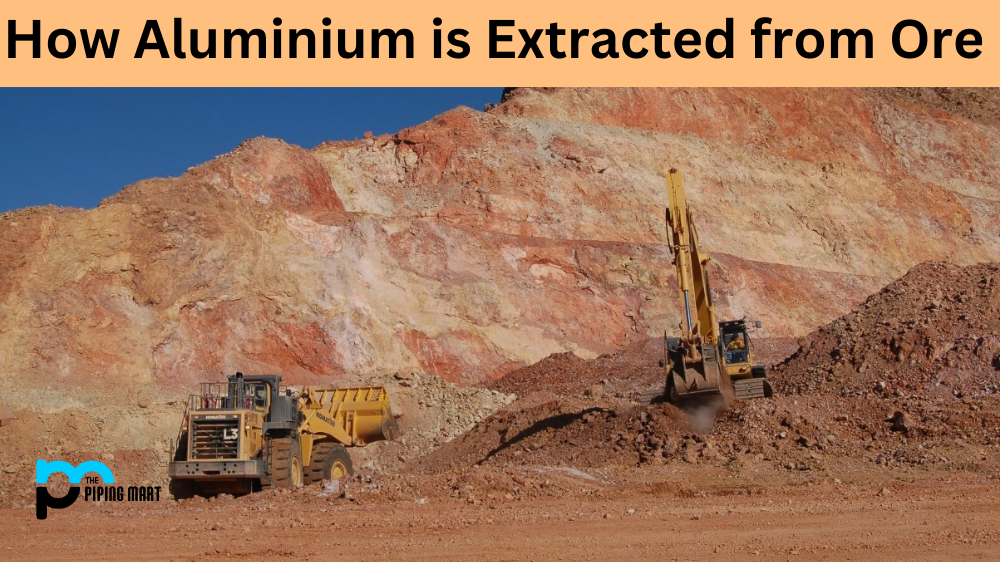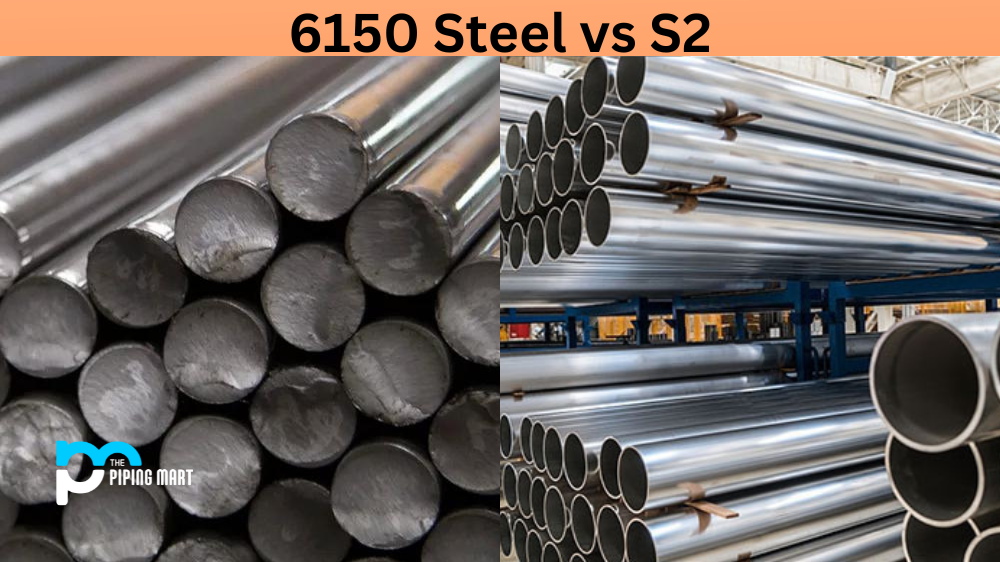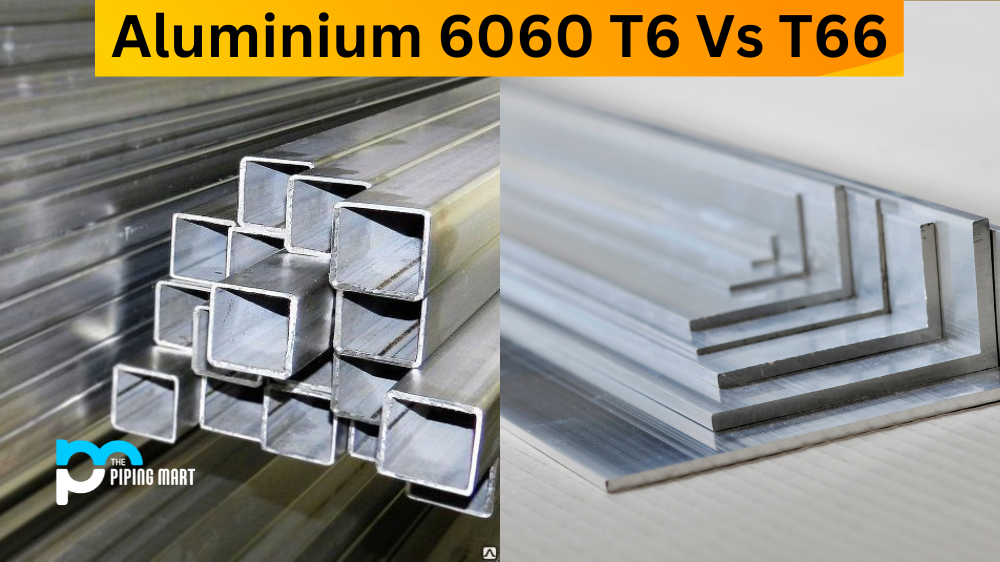Aluminum plays an important role in our daily lives. From the cars we drive to the electronics we use, aluminium is used in many of the products that make our lives easier and more efficient. But how does aluminium end up being part of those items? In this blog post, we’ll look at how aluminum is extracted from ore and what processes are necessary for it to reach its final form.
Aluminium extract
Aluminium extraction starts with bauxite ore, which is a combination of various minerals, including iron oxide, silica, and titanium dioxide. To extract the metal from the ore, it must first be broken down into its component parts using a process called digestion. During this process, a mixture of caustic soda and heated water is added to the bauxite ore in order to break down the mineral compounds that contain aluminium. This mixture is then filtered and undergoes electrolysis to separate out pure aluminium metal.
Once pure aluminium has been extracted from the ore, it can be processed into various forms depending on what it will be used for. For example, if it’s going to be used as an alloy component in cars or airplanes, it will need to be melted down and cast into a specific shape before being welded together with other metals. If it’s going to be used in electronics such as laptops or smartphones, then it will need to be machined into intricate shapes so that components can fit together correctly. Finally, if it’s going to be used for packaging purposes such as cans or foil wrapping, then it will need to go through rolling processes so that thin sheets of metal can be produced.
How Aluminium is Extracted from Ore
Aluminium is an abundant metal found all across the world, but it isn’t found in a pure form. In order to make use of it, we must first extract it from ore. This process involves purification and chemical reactions that are performed at high temperatures and pressures. First, the bauxite ore is melted, allowing the aluminium oxide to separate from any other elements, such as oxygen and iron. Then undergoes electrolysis, which sees an electric current passed through the ore in order to separate out the aluminium ions. This leaves us with pure aluminium which we can refine further or use right away. The entire process remains cost-effective as aluminium ore is easily attainable throughout the world and it’s lightweight makes transportation much simpler than other similar metals.
Aluminium extraction process
Extraction
The first step in aluminium processing involves extracting bauxite ore from the ground. Bauxite is a mineral composed mostly of aluminum hydroxide and other compounds like silica, iron oxide, titanium dioxide, and kaolinite. The bauxite ore must be extracted from deep within the earth using heavy machinery such as bulldozers and excavators. Once extracted, it will then be transported to an alumina refinery for further processing.
Refining
The second step in aluminium processing involves refining alumina (aluminum oxide) by combining it with other elements such as sodium hydroxide or lime to create a solution known as caustic soda. This solution will then be heated to extreme temperatures until all the impurities are removed and only pure alumina remains. This process creates a thick paste known as “alumina mud,” which can then be used to create aluminum metal through electrolysis.
Electrolysis
The third step in aluminium processing involves electrolysis, which uses electric current to separate the alumina into its component parts — oxygen and aluminum. The oxygen produced during this process is released into the atmosphere while the aluminum sinks to the bottom of the electrolytic cells where it can be collected for further use. Once collected, it can be melted down into sheets or castings for various applications such as auto parts or aircraft components.
Conclusion
Aluminium plays an important role in our everyday lives, from automobiles and electronics all the way down to packaging materials like cans or foil wraps – because of its strength and durability combined with its lightweight nature – making it an ideal material for many applications. To get aluminium into its different forms, though, requires extensive processing steps starting with breaking down bauxite ore into its constituent parts, followed by electrolysis before finally being processed into whatever form needed depending on its application purpose. We hope this blog post has shed some light on how aluminum goes through numerous steps before finally reaching us!

Pipingmart is B2B portal specializes in industrial, metal and piping products. Also, share latest information and news related to products, materials and different types grades to help business dealing in this industry.




